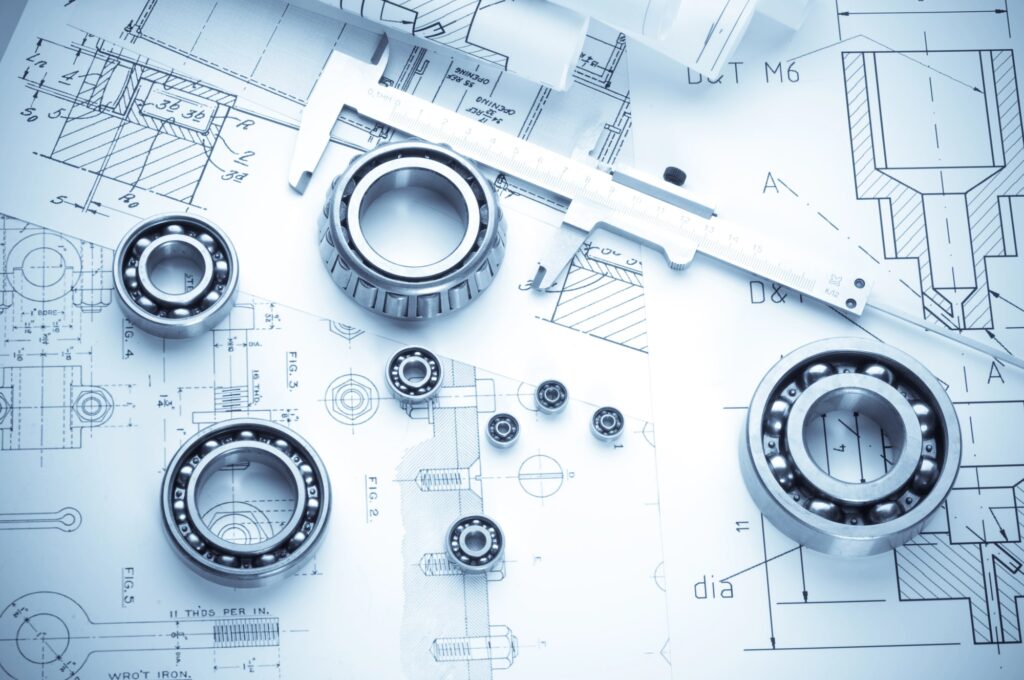The devastating wildfires that swept through Southern California in January 2025 have left behind staggering destruction and a complex challenge for architects in Los Angeles.
With over 11,000 structures destroyed and 29 lives tragically lost, these disasters are forcing architectural professionals to strike a delicate balance between the urgency of rebuilding and the imperative of designing for long-term resilience.
Beyond mere reconstruction, these efforts offer an opportunity to address issues of climate adaptation, socioeconomic disparity, and sustainable community development.
Rebuilding Amidst Crises: Challenges Beyond Architecture
For many architects in Los Angeles, the road to recovery is about more than just replacing lost structures. Wildfire survivors are eager to rebuild homes and businesses, but architects face mounting hurdles related to the ongoing housing and insurance crises.
Homeowners seeking to recover are grappling with rising construction costs, limited insurance payouts, and logistical challenges in adhering to evolving building codes.
For practitioners in the field, this means acting as both designers and mediators, balancing client demands with systemic limitations.
Socioeconomic Disparities in Rebuilding Efforts
One of the most critical aspects exposed by these wildfires is the stark socioeconomic divide in how rebuilding is approached.
Neighborhoods like Altadena encounter stricter building codes and fewer financial and structural resources compared to affluent communities such as Pacific Palisades.
Architects have the unique responsibility of addressing these inequities, ensuring that less-privileged areas are not left behind in the pursuit of climate resilience.
The situation demands creative solutions and advocacy for equitable policy reform to standardize support across all affected communities.
Book Your Dream Vacation Today
Flights | Hotels | Vacation Rentals | Rental Cars | Experiences
Innovative Design Strategies for Resilience
As architects pivot towards forward-thinking solutions, the rebuilding process has highlighted the importance of employing fire-resistant materials and adaptive construction methods.
This shift is crucial in designing structures that can withstand future wildfires and other climate-related events. But creating durable and safe homes is only part of the equation—the recovery effort is also deeply intertwined with preserving the character and identity of these communities.
Fire-Resistant Materials and Cultural Preservation
Architectural firms are increasingly exploring innovative materials and techniques to minimize the hazards posed by fires.
These include fire-retardant cladding, non-combustible roofing, and advanced venting systems designed to resist ember intrusion.
Yet, architects are equally committed to maintaining the cultural essence of neighborhoods, understanding that resilient design does not need to come at the cost of aesthetic or historical character.
This dual focus signals a shift in how architects approach post-disaster reconstruction—melding safety with sensitivity.
The Role of Landscaping in Fire Resilience
Resilience planning extends beyond the walls of homes and buildings. Fire-adaptive landscaping has emerged as a pivotal area of focus, with Los Angeles-based firms like TERREMOTO advocating for solutions that blend ecological integrity with safety.
While some rebuilding approaches advocate for the complete removal of vegetation, architects and landscape designers argue for more nuanced strategies.
These include incorporating native, fire-resistant plants that can restore ecosystems without increasing fire risks.
Ecological Balance in Landscaping
Fire-smart landscaping doesn’t mean eliminating all greenery. Instead, it emphasizes proper spacing, strategic placement, and the use of fire-resistant materials to create defensible spaces around homes.
These practices form part of a broader effort to balance human safety with ecological sustainability, ensuring that recovery efforts enhance, rather than diminish, the natural environment.
Collaboration and Advocacy: A Toolkit for Better Futures
One of the silver linings emerging from this catastrophe is the architectural community’s collaborative response.
Nearly 650 professionals have connected via a Slack workspace, crowdsourcing information and sharing resources to assist in the massive reconstruction effort.
The creation of a publicly available rebuild handbook is a testament to the field’s commitment to addressing complex challenges through collective knowledge.
Streamlining Permits and Policy Advocacy
Another area of focus among architects is advocating for streamlined permitting processes and policy reforms to promote climate resilience.
Lengthy bureaucratic delays and unclear regulations can hamper the already difficult rebuilding process, highlighting the need for systemic change.
Architects are also emphasizing the importance of designing for a climate-altered future, calling for zoning reforms, incentives for green building, and larger-scale efforts to prepare for the inevitability of similar disasters.
Turning Tragedy into Opportunity
While the losses from the January 2025 wildfires are profound, they also represent an unparalleled opportunity to rethink how we design communities.
Architects are approaching the rebuilding process not merely as a way to replace destroyed structures but as a chance to build back safer, more equitable, and more sustainable neighborhoods.
By incorporating fire-resistant designs, advocating for policy reform, and addressing economic disparities, the architectural profession has the chance to transform tragedy into progress.
The efforts of Los Angeles architects underscore a powerful reality: the disastrous impacts of climate change demand innovative, sensitive, and community-focused solutions.
While the wildfire recovery remains fraught with challenges, it paves the way for a brighter and more resilient future for generations to come.
Here is the source article for this story: Los Angeles architects are hard at work rebuilding after the fires and thinking about what comes next
Book Your Dream Vacation Today
Flights | Hotels | Vacation Rentals | Rental Cars | Experiences

